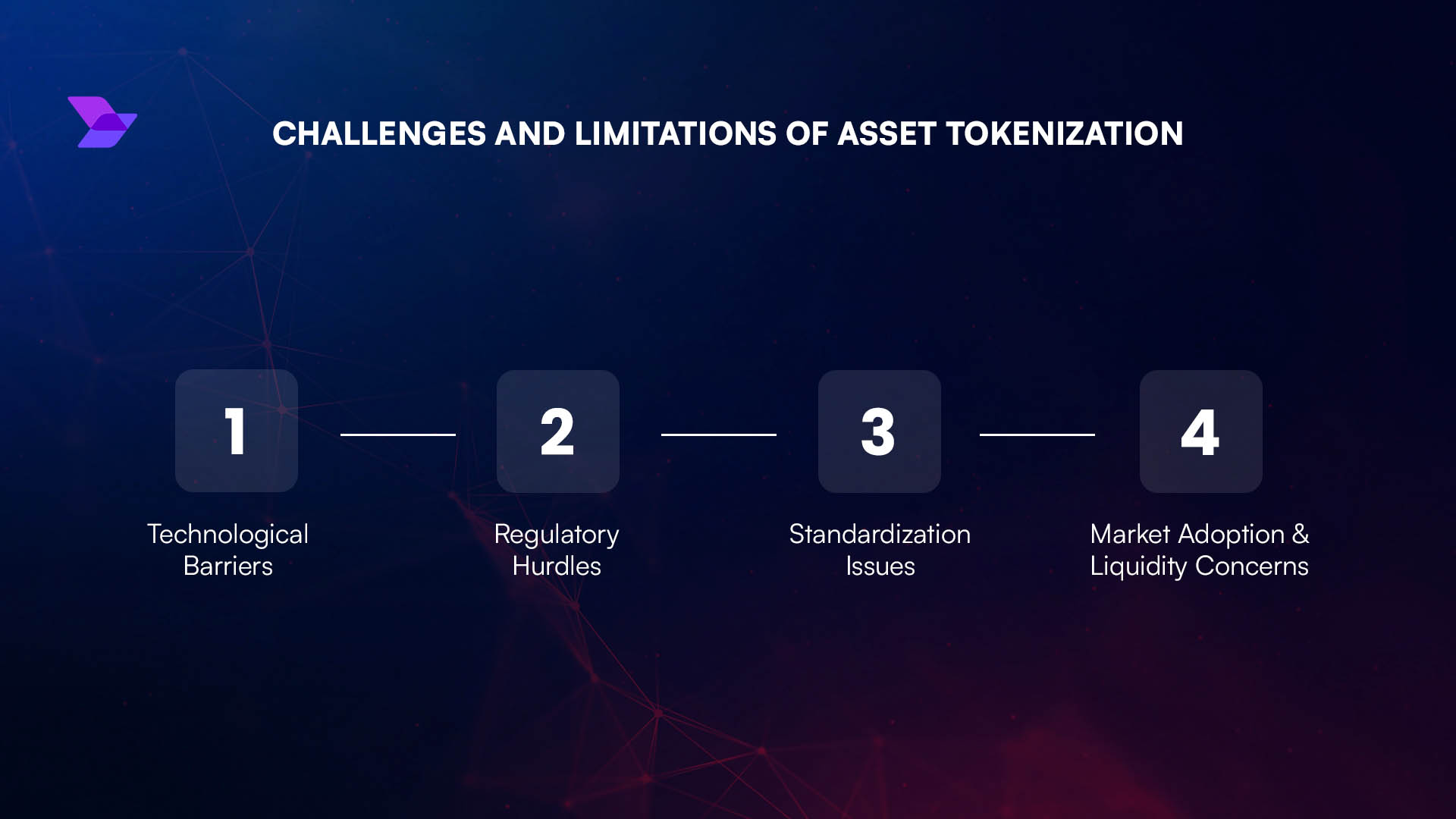
Stablecoins are no longer a niche curiosity in the digital asset landscape. As of September 2025, they have become a strategic pillar for both crypto-native traders and traditional finance institutions seeking efficient, dollar-pegged liquidity. This year’s regulatory wave has put stablecoins firmly in the spotlight, forcing issuers, investors, and platforms to adapt to new legal standards and market realities.
Regulatory Shifts: The New Global Stablecoin Playbook
2025 is the year stablecoin regulation moved from theory to execution. In the United States, the GENIUS Act now mandates that all stablecoins be backed 1: 1 by U. S. dollars or high-quality liquid assets. Reserve transparency is non-negotiable: issuers must provide monthly audited reports and are barred from rehypothecating collateral. This framework is designed to prevent another Terra-style collapse and give institutional players confidence in on-chain dollar liquidity.
The European Union’s MiCAR regime went live for e-money and asset-referenced tokens on June 30,2024, triggering a wave of delistings as exchanges adjusted to stricter reserve and reporting requirements. The UK’s Financial Conduct Authority (FCA) now requires prior authorization for any stablecoin issuer operating locally, with an emphasis on consumer protection and operational resilience (fintechlawblog.com). Canada is also evaluating a coordinated federal-provincial approach as part of its broader payments modernization plan (reuters.com).
This global patchwork has forced projects to rethink everything from reserve composition to jurisdictional risk management. The effect? Only those with robust compliance infrastructure can compete at scale.
Stablecoin and Major Crypto Price Comparison (6-Month Performance)
Comparing the price stability of leading stablecoins (USDT, USDC, DAI, BUSD, TUSD, FDUSD) versus major cryptocurrencies (BTC, ETH) over the past 6 months amid regulatory developments in 2025.
| Asset | Current Price | 6 Months Ago | Price Change |
|---|---|---|---|
| Tether (USDT) | $1.00 | $1.00 | +0.0% |
| USD Coin (USDC) | $0.9997 | $1.00 | -0.0% |
| Dai (DAI) | $1.00 | $1.00 | +0.1% |
| Binance USD (BUSD) | $0.9973 | $1.00 | -0.3% |
| TrueUSD (TUSD) | $0.9967 | $1.00 | -0.3% |
| First Digital USD (FDUSD) | $0.9984 | $1.00 | -0.2% |
| Bitcoin (BTC) | $115,483.00 | $60,000.00 | +92.5% |
| Ethereum (ETH) | $4,465.59 | $2,400.00 | +86.1% |
Analysis Summary
Over the past six months, major stablecoins (USDT, USDC, DAI, BUSD, TUSD, FDUSD) have maintained remarkable price stability, fluctuating minimally around their $1.00 peg, despite significant regulatory changes and increased institutional adoption. In contrast, major cryptocurrencies like Bitcoin and Ethereum have experienced substantial price appreciation, highlighting the unique role of stablecoins as a stable store of value and medium of exchange.
Key Insights
- Stablecoins such as USDT, USDC, and DAI have shown near-perfect price stability (+0.0% to +0.1%), underscoring their effectiveness in maintaining a $1.00 peg even during periods of regulatory upheaval.
- BUSD, TUSD, and FDUSD experienced minor negative deviations (-0.2% to -0.3%), but remained close to their intended $1.00 value.
- Bitcoin and Ethereum saw dramatic price increases (+92.5% and +86.1% respectively), illustrating the volatility and growth potential of non-stablecoin crypto assets.
- The stability of leading stablecoins amid new regulations (e.g., the GENIUS Act in the US, MiCAR in the EU) and increased institutional adoption suggests growing market confidence and preference for regulated, transparent stablecoins.
This comparison uses real-time market data for current and 6-month historical prices, as provided from reputable sources including CoinGecko, CoinMarketCap, and Yahoo Finance. Only the exact figures supplied in the prompt were used, ensuring accuracy and consistency for all assets compared.
Data Sources:
- Main Asset: https://preprod.coingecko.com/en/coins/tether/usd
- USD Coin: https://coinmarketcap.com/currencies/usd-coin/usdc/usdt/
- Dai: https://www.coingecko.com/en/coins/binance-peg-dai/usd
- Binance USD: https://finance.yahoo.com/quote/BUSD-USD/history/
- TrueUSD: https://www.coingecko.com/en/coins/true-usd/usd
- Bitcoin: https://finance.yahoo.com/quote/BTC-USD/history/
- Ethereum: https://finance.yahoo.com/quote/ETH-USD/history/
- First Digital USD: https://coinmarketcap.com/currencies/first-digital-usd/fdusd/usdt/
Disclaimer: Cryptocurrency prices are highly volatile and subject to market fluctuations. The data presented is for informational purposes only and should not be considered as investment advice. Always do your own research before making investment decisions.
Market Impact: Capitalization Surges as Institutions Dive In
The regulatory clarity delivered in the first half of 2025 has supercharged market growth. Stablecoin capitalization hit a record $251.7 billion in June 2025, up 22% year-to-date (reuters.com). This isn’t just retail speculation – large banks and fintechs are now active issuers and users of stablecoins.
Société Générale’s launch of “CoinVertible USD” marked the first time a major bank issued its own USD stablecoin for institutional settlement. PayPal’s expansion of PYUSD onto Solana, coupled with a 3.7% yield program for holders, signals growing competition among fintech giants to dominate cross-border payments and on-chain savings products.
Tether’s USAT initiative, aimed at American residents under the GENIUS Act regime, is another sign that established players are pivoting toward regulatory alignment rather than resisting it (reuters.com). Meanwhile, Circle’s application for a national trust bank charter could make it one of the first crypto-native firms with direct access to U. S. banking infrastructure (reuters.com).
Security Concerns: Growing Pains Amid Rapid Expansion
The growth story isn’t without risk. Security incidents cost the sector $2.47 billion across 344 attacks in H1 2025 alone – most due to poor key management or flawed liquidity pool logic (ainvest.com). As more value flows into regulated stablecoins, attackers are incentivized to probe vulnerabilities both at smart contract and custody layers.
Top Regulated Stablecoins Price Prediction Table (2026-2031): Tether (USDT) Focus
Professional Forecast for Tether (USDT) and Leading Regulated Stablecoins Amid Evolving Global Regulations
| Year | Minimum Price | Average Price | Maximum Price | % Change (Avg YoY) | Market Scenario Insights |
|---|---|---|---|---|---|
| 2026 | $0.98 | $1.00 | $1.02 | 0.0% | Tight regulatory compliance maintains peg; minor volatility from security incidents or liquidity events |
| 2027 | $0.98 | $1.00 | $1.03 | 0.0% | Continued regulatory clarity, increased institutional use, and competition from new bank-issued stablecoins |
| 2028 | $0.97 | $1.00 | $1.04 | 0.0% | Potential yield-bearing stablecoin features; technological upgrades improve transparency and auditability |
| 2029 | $0.97 | $1.01 | $1.05 | +1.0% | Global expansion, integration with CBDCs, and wider payment adoption drive slight premium in bullish scenario |
| 2030 | $0.96 | $1.01 | $1.06 | +0.0% | Increased competition from central bank digital currencies; robust reserve management sustains market confidence |
| 2031 | $0.95 | $1.01 | $1.07 | +0.0% | Mature, highly regulated market with stablecoin yields, advanced security, and global payments dominance |
Price Prediction Summary
USDT and other top regulated stablecoins are expected to maintain a tight price band around $1.00 due to stringent regulatory frameworks, robust reserve requirements, and continued institutional adoption. Minor deviations may occur during periods of market stress, security incidents, or major regulatory shifts. Over the period, average price remains anchored at $1.00-$1.01, reflecting the core design of stablecoins to track fiat currency, with maximum prices reflecting bullish adoption or innovation scenarios. Minimums account for rare but possible depegging events or black swan risks.
Key Factors Affecting Tether Price
- Global regulatory harmonization (GENIUS Act, MiCAR, UK FCA rules)
- Reserve transparency and monthly audits
- Institutional adoption and yield-bearing stablecoin features
- Security incidents and operational resilience
- Competition from new regulated and bank-issued stablecoins
- Integration with payment systems and CBDCs
- Potential for black swan events or technology failures
Disclaimer: Cryptocurrency price predictions are speculative and based on current market analysis.
Actual prices may vary significantly due to market volatility, regulatory changes, and other factors.
Always do your own research before making investment decisions.
This ongoing tension between security innovation and attack sophistication means compliance isn’t enough; technical resilience is now table stakes for any issuer hoping to survive in this maturing market.
For investors and traders, the new regulatory clarity is a double-edged sword. On one hand, stricter oversight and reserve mandates have improved trust in major stablecoins like USDT, USDC, and new entrants such as CoinVertible USD. On the other, smaller projects lacking compliance budgets have been squeezed out or forced to consolidate. Liquidity is now concentrated among a handful of fully regulated tokens, making it easier for institutions to onboard but potentially increasing systemic risk if a top issuer falters.
Stablecoin Trading Strategies: Navigating the New Liquidity Landscape
With Polygon Bridged USDT (Polygon) holding steady at $1.00, traders are leveraging stablecoins not just for parking capital but also as collateral in decentralized finance (DeFi), cross-exchange arbitrage, and yield strategies. The regulatory crackdown has also reduced the prevalence of unbacked algorithmic stablecoins, shifting focus to fiat-backed tokens with transparent reserves. This environment rewards disciplined execution, arbitrage spreads are tighter, but counterparty risk is lower.
“The days of hunting for easy premium on offshore stablecoins are over, ” says a senior liquidity provider at a major crypto exchange. “Now it’s about speed of settlement and knowing your counterparties are operating above board. ”
Top Institutional Stablecoin Use Cases in 2025
-

Cross-Border Settlements: Major banks such as Société Générale are leveraging stablecoins like CoinVertible USD and USDC to streamline international payments, reducing settlement times and costs while ensuring regulatory compliance under frameworks like the GENIUS Act and MiCAR.
-

On-Chain Treasury Management: Corporations and asset managers are increasingly using stablecoins (e.g., USDC, PYUSD) for real-time, programmable treasury operations, enabling instant liquidity, automated yield strategies, and transparent auditing via blockchain.
-

Tokenized Asset Settlement: Platforms such as Circle (with its pending U.S. trust bank license) enable institutions to settle trades of tokenized securities and real-world assets using stablecoins, facilitating faster and more secure post-trade processes.
-

Yield-Enhanced Corporate Payments: PayPal’s PYUSD ecosystem, now integrated on Solana, allows enterprises to make B2B and payroll payments while earning a 3.7% yield, combining efficient transactions with capital optimization.
-

Regulated Digital Cash for Institutional Clients: With the launch of Tether’s USAT and enhanced regulatory clarity, financial institutions can now offer U.S.-compliant, fully-backed digital dollars to clients, supporting everything from client account funding to instant redemptions.
For those trading crypto liquidity stablecoins or deploying automated market-making bots, the focus has shifted toward regulated venues and blue-chip assets. The GENIUS Act’s monthly audit requirement has made reserve reporting a key metric for evaluating token reliability, traders now monitor these disclosures as closely as price feeds.
Global Outlook: Divergence and Convergence in Regulation
The global regulatory patchwork remains complex. While the U. S. , EU, and UK are converging on high standards for reserve quality and disclosure, Asia-Pacific regimes remain more fragmented, some favoring innovation sandboxes, others moving toward outright bans or ring-fenced pilots. Australia’s approach echoes the UK model: prior authorization and operational resilience requirements dominate discussions around crypto regulation Australia UK US.
This divergence creates both arbitrage opportunities and compliance headaches for multinational projects. For retail users, however, the net result is greater protection against insolvency events, and fewer surprises when using major stablecoins across borders.

What Comes Next?
Looking ahead to Q4 2025 and beyond, expect further consolidation among issuers and expanded partnerships between banks and blockchain-native firms. The next battlegrounds will be real-world asset tokenization (RWAs) using regulated stablecoins as settlement rails, and integrating programmable compliance directly into token logic.
The playbook for success? Stay nimble on jurisdictional shifts, prioritize security at every layer (from smart contracts to custody), and treat transparency as non-negotiable. With Polygon Bridged USDT (Polygon) maintaining its peg at $1.00, stability is more than a branding exercise, it’s an operational imperative in this new era of digital finance.







